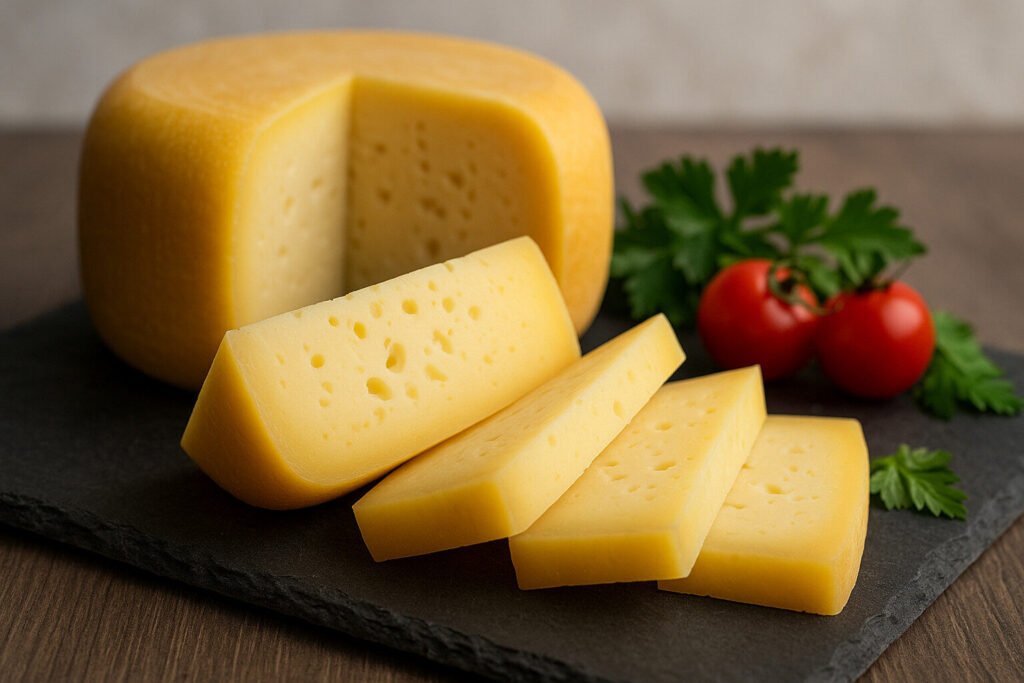Mountain Origin Cheese
Definition and Scope
Mountain origin cheese refers to dairy products crafted in elevated regions, typically above 600 meters. These cheeses are defined by their terroir, which includes alpine pastures, specific microclimates, and native vegetation. The designation often carries legal protections, such as PDO status in Europe, ensuring authenticity.
This category encompasses diverse styles like firm aged wheels, semi-soft varieties, and washed-rind types. Production occurs across global mountain ranges including the Alps, Pyrenees, and Rockies. Each region imparts distinct characteristics through local breeds, traditional methods, and seasonal transhumance practices.
Production Methods
Traditional mountain cheese production begins with raw milk from pastured animals like cows, goats, or sheep. The milk is often heated in copper vats and coagulated using animal rennet. Cheesemakers typically follow centuries-old techniques passed through generations, with production peaks during summer grazing seasons.
Affinage occurs in natural caves or cellars with specific humidity and temperature conditions. Many varieties undergo brine washing or regular turning during maturation periods ranging from three months to several years. The high-altitude environment naturally controls bacterial development while developing complex flavors.
Sensory Profile
Mountain cheeses typically present firm, dense textures that become crystalline with extended aging. Their paste ranges from pale ivory to deep gold, often containing small eyes or cracks. The rinds develop natural molds or washed characteristics depending on affinage methods.
Flavor profiles progress from milky and nutty in younger cheeses to intensely savory and complex in aged specimens. Common notes include roasted nuts, caramelized butter, herbal tones, and umami richness. The finish often carries pleasant salinity and lingering warmth from mountain herbs consumed by the livestock.
Culinary Applications
These cheeses serve as exceptional table cheeses when served at room temperature to release their full aroma. They pair wonderfully with crusty bread, dried fruits, and nut varieties. Their robust structure makes them ideal for grating over pasta, risotto, or soups when aged.
In cooking, mountain cheeses provide excellent melting properties for fondues, raclettes, and grilled sandwiches. They balance well with full-bodied wines like Syrah or barrel-aged whites. Many chefs utilize them as flavor amplifiers in sauces and stuffings due to their concentrated taste.
Regional Examples
European alpine regions produce iconic examples like Swiss Gruyère AOP and French Beaufort. Italian mountains yield Parmigiano-Reggiano from the Apennines and Asiago from the Venetian Alps. Spanish Pyrenees contribute Monte Enebro and other protected designations with distinct local character.
Beyond Europe, American artisans create mountain-style cheeses like Vermont’s Jasper Hill Farm offerings. Asian examples include Tibetan Chhurpi and Himalayan varieties using yak milk. These global interpretations maintain core mountain cheese principles while adapting to local ingredients and traditions.

